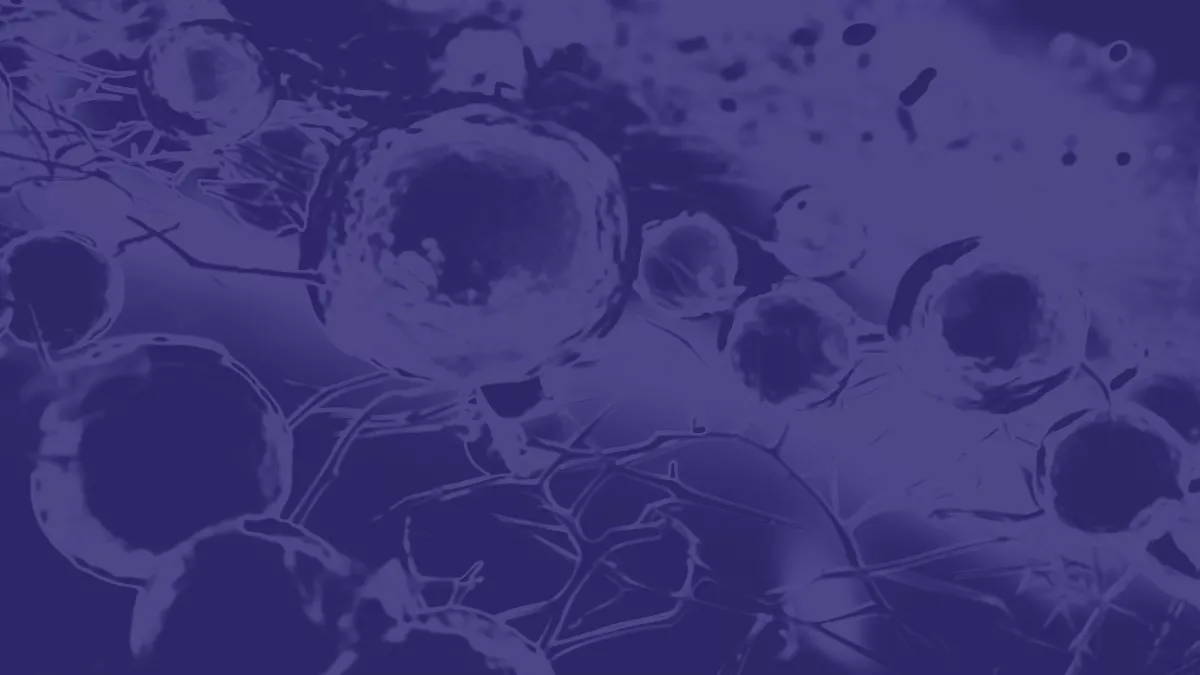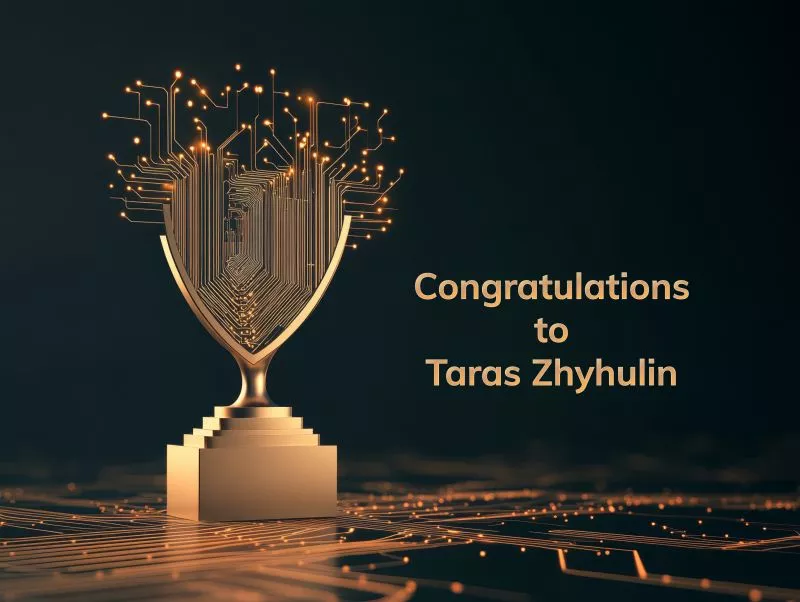
Towards efficient GPGPU Cellular Automata model implementation using persistent active cells
The new publication with Sano’s affiliation! Paweł Renz, the PhD student in Health Informatics team is one of the authors of the paper newly published in Journal of Computational Science.
The published work addresses issues such as flow simulation, modeling, CUDA, Optimization Cellular automata, GPGPU and computing.
Natural complex phenomena simulation relies on the application of advanced numerical models. Nevertheless, due to their inherent temporal and spatial computational complexity, efficient parallel computing algorithms are required in order to speed up simulation execution times. In this paper, the authors apply the Nvidia CUDA architecture to the simulation of a groundwater hydrological model based on the Cellular Automata formalism.
The obtained and described results demonstrate the full suitability of the Nvidia CUDA architecture approach in speeding up simulation times, thus resulting in a valid support for complex system modeling.
Highlights
- Cellular Automata simulation optimization for complex system modeling.
- CUDA GPGPU executions on graphic devices using different memory types.
- Efficient data structures and adaptive algorithms for optimal performance.
- Possibility to extend methodology to other grid based models.
The whole paper is available online: Towards efficient GPGPU Cellular Automata model implementation using persistent active cells – ScienceDirect




